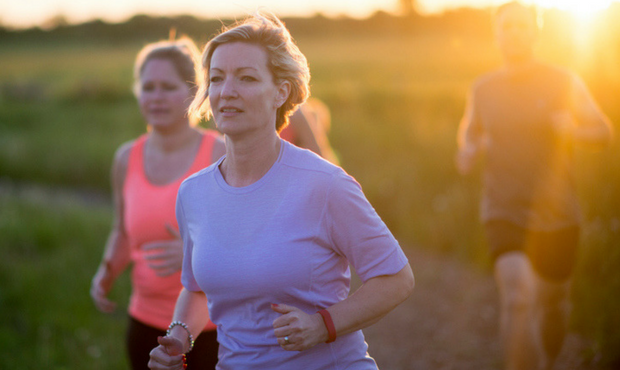
Across the spectrum of cycling events, Cyclocross im Eifel is one of the more accessible disciplines, which is great news. Short events, no need to close streets, and spectators can easily enjoy the events. A cyclocross bike is probably one of the most versatile bikes you can buy; it can be used on pavement, gravel, bike paths, and moderate singletrack. For athletes, cyclocross provides the best year-round fitness.
1. Boosts power at VO2 max
You can increase your power at VO2 max by combining your races and training. ‘Cross racing involves repeated short efforts at maximum effort, separated by very short recovery periods. To prepare for these demands, cross-country training must include long, maximum-intensity workouts to build power at VO2 max followed by shorter, race-specific workouts of 30 seconds to 2 minutes as you approach the goal races. Intervals of 1 minute should be followed by 1 minute of recovery. A typical race-specific workout would be 10 x 1 minute maximum efforts (all out) between 1 minute easy spinning recoveries.
2. Prevents weight gain during the off-season
In some places, the peak season of cyclocross reaches deep into December. Most people lose the battle of the bulge between Halloween and New Year’s. In the off-season, low-intensity rides are often insufficient to keep a cyclist’s waistline from expanding, but high-intensity interval workouts for cyclocross training can help tip the scales in your favor. By not gaining weight, you won’t have to burn it off in the New Year.
3. Improves your cycling safety
Even if you crash, you will be more likely to keep your bike upright when conditions get squirrely if you are comfortable with being out of control. ‘Cross is an excellent place to learn bike handling. You’ll be navigating grass, gravel, sand, and mud. Several falls are likely. In comparison to crashing during a road race or criterium, the speed is typically lower and the surface is softer. Having dismounting/remounting skills is useful when transferring to either a road or mountain bike; ‘cross racers are the ones who land on their feet (sometimes) when everyone else is flat on their back.
4. Boosts your self-confidence
Cyclocross involves being wet, dirty, and cold. The spring and summer will bring you the opportunity to be one of the racers who won’t be fazed by the drop in temperature, the spray that comes off the wheel in front of you, or the slick pavement. You’ve experienced worse, which gives you an edge. Race ‘cross helps you see a rainy crit as an opportunity to win, just as the best competitors turn adversity into opportunity.
5. Accelerates your progress
The aspect of cycling that receives the least attention is low-speed acceleration. The high-torque, low-cadence acceleration that happens after you slow down for a corner and have to accelerate again. Almost every type of bike race has it: criteriums, track races, mountain bike races, and road races. You experience these accelerations over and over again for 45 to 60 minutes when training for and racing cyclocross. Also, running through soft grass and sand pits – usually with a relatively low cadence to maintain traction – is an excellent way of developing the ability to generate high torque, not just high power. This translates into faster acceleration out of tight corners and higher speeds over rough surfaces like gravel or cobblestones when you return to the road, track, or trail.







